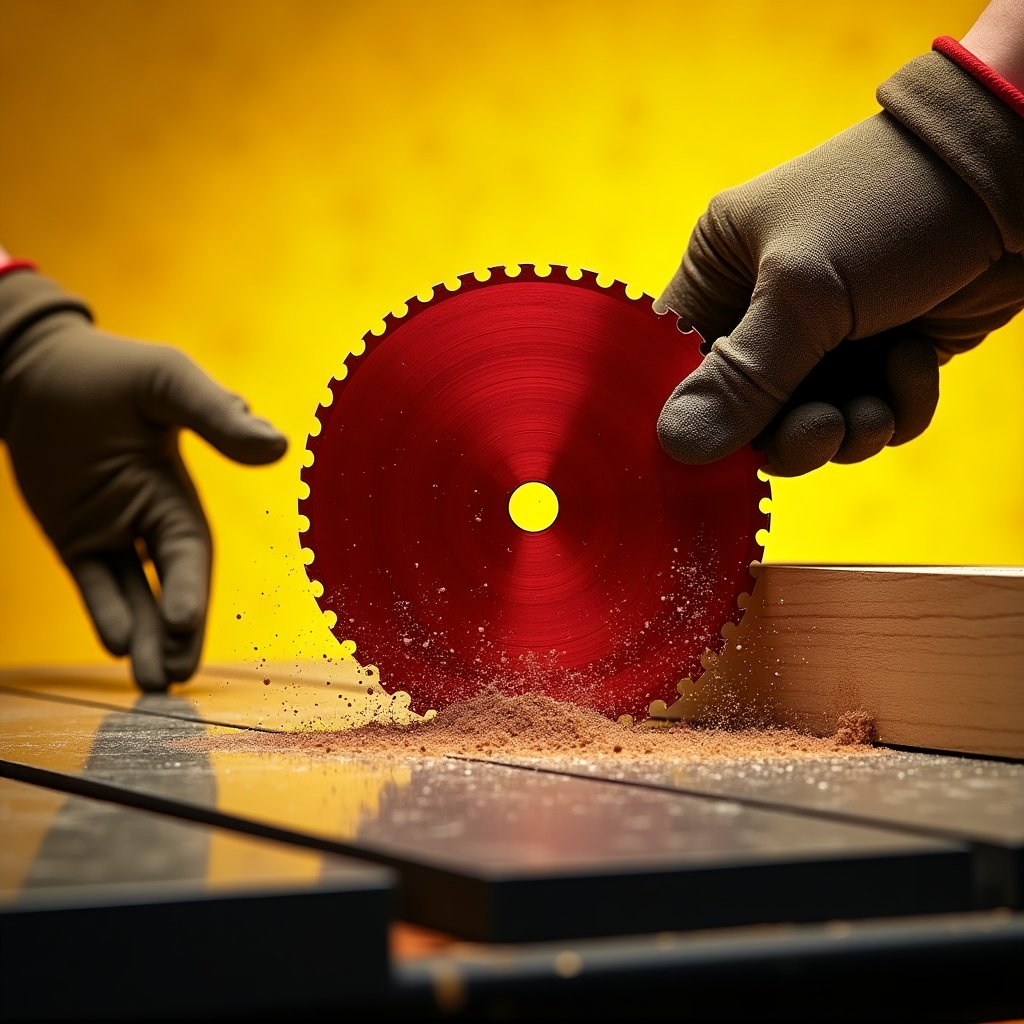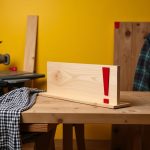Here’s something that’s going to ignite the woodworking world: 48% of woodworkers think the other 62% are using their table saws wrong. And not just a little wrong—some think it’s a miracle we still have all our fingers attached to our hands. This debate, sparked by none other than Stumpy Nubs (James Hamilton), revolves around one seemingly simple but deeply divisive topic: the table saw fence.
In one of his early videos, Stumpy Nubs reflects on his younger, more reckless days of woodworking. "Look at the reckless use of the table saw," he says, shaking his head at his past self. "No, I’m not talking about the gloves—though I did break myself of that terrible habit years ago—I’m talking about the fence." This is the heart of the issue: the American table saw fence versus what many international woodworkers consider the "proper" fence. Let’s dive in and unpack this fiery debate.
The American Table Saw Fence: Loved or Loathed?
For most Americans, the standard table saw fence is a long, robust guide that runs the length of the saw. It’s what 62% of Stumpy Nubs’ U.S.-based audience is familiar with. But here’s the kicker: the rest of the world thinks it’s downright dumb. Why? Because many international woodworkers swear by a shorter fence—one that ends just past the blade’s center or even just past the front teeth.
So, why the divide? It all comes down to safety, specifically the prevention of kickback. Kickback occurs when wood gets pinched between the fence and the rear of the blade, causing the workpiece to be propelled back toward the operator. This is not only dangerous but also a common cause of table saw injuries. A shorter fence reduces this risk by eliminating the fence past the critical pinch point, giving the wood room to move without binding. Makes sense, right?
The Case for the Stubby Fence
Let’s break it down. Imagine you’re ripping construction lumber. As you cut, the thin offcut strip might warp or bow due to internal stresses in the wood. If this happens with a long fence, the wood can bind and cause kickback. A shorter fence, however, allows the wood to move freely, reducing the risk. It’s a solid theory, and it works—especially for shorter boards and construction lumber.
But here’s the catch: while the stubby fence excels in safety for certain cuts, it has its downsides. When ripping longer material, the weight of the board on the outfeed side increases as more of it protrudes past the blade. A short fence can become a pivot point, making it harder to keep the wood straight. This can lead to inconsistent cuts, blade marks, and even scorching. And if you’ve ever wrestled with a full sheet of plywood on a table saw, you’ll know how crucial that fence length is for keeping the piece steady.
The Long Fence: Bulkiness or Brilliance?
Stumpy Nubs is a firm believer in the long fence. "The longer your rip fence is, the more guidance you’ll have during your cut," he argues. This is especially true for large workpieces and sheet goods, where precision is key. While some might argue that a splitter or riving knife behind the blade can guide the workpiece independently of the fence, these devices aren’t foolproof. They can flex under pressure, particularly with large, heavy workpieces.
So, where does that leave us? In Stumpy’s opinion, the long fence wins for most applications. But he’s not entirely against the stubby fence. "I’ve become a fan of the short fence when cutting construction lumber," he admits. "It gives the wood some relief and reduces the risk of kickback." The solution? A fence with an adjustable extrusion, like the one on his saw, allowing him to switch between long and short as needed.
The Best of Both Worlds: The Bow Extender Fence System
What if you could have the safety of a short fence and the precision of a long fence? Enter the Bow Extender Fence System, a game-changer for compact table saws and band saws. This system, developed by entrepreneurs Keith B and Bill Fidal, features a durable aluminum extrusion that extends your fence length, providing better guidance for long rips and sheet goods.
But that’s not all. The Bow Extender is adjustable, so you can position it like a European fence (short) or extend it for maximum guidance. It even includes optional stock supports for managing large workpieces without an outfeed table or roller stands. Stumpy Nubs calls it the "single biggest upgrade" he’s ever made to a small saw. "My cuts are easier, more accurate, and safer," he raves. "I don’t think I’m ever going to use my contractor saw without this again."
DIY Solutions and Final Thoughts
If the Bow Extender isn’t in your budget, you can always make your own fence attachment. A simple piece of wood clamped to your existing fence can do the trick, or you can get creative with a more complex design. While these DIY solutions lack the features of the Bow Extender, they’re still effective for addressing specific needs.
So, which fence is better? It depends. If you’ve grown up with a long fence, you’ll probably prefer it. If you’re used to a short fence, you’ll likely stick with that. But as Stumpy Nubs wisely concludes, keeping an open mind might be the best approach. "Having access to both options in your shop may be the best solution of all."
Join the Debate at iNthacity
What’s your take on the great fence debate? Are you Team Long Fence or Team Stubby? Share your thoughts in the comments and let’s keep the conversation going. And if you’re ready to take your woodworking to the next level, check out Ted’s Woodworking Plans for expert guidance and inspiration. Remember, iNthacity is more than a blog—it’s a community. Join the Shining City on the Web and become part of a movement that’s redefining craftsmanship, one project at a time. Like, share, and let’s build something amazing together!
Wait! There's more...check out our gripping short story that continues the journey: The Table Saw Fence Debate
Disclaimer: This article may contain affiliate links. If you click on these links and make a purchase, we may receive a commission at no additional cost to you. Our recommendations and reviews are always independent and objective, aiming to provide you with the best information and resources.
Get Exclusive Stories, Photos, Art & Offers - Subscribe Today!

























Post Comment
You must be logged in to post a comment.